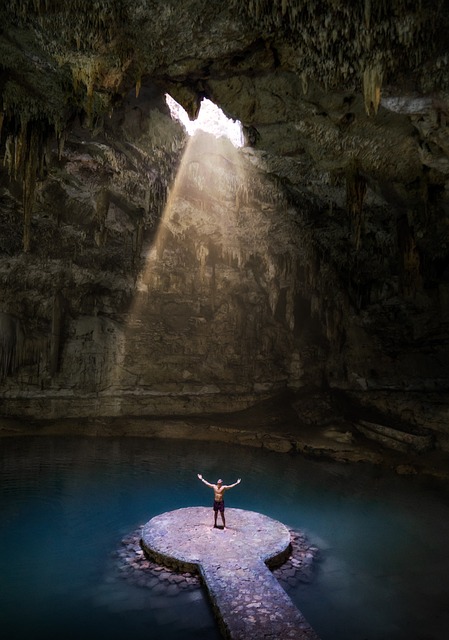A map of Mexico serves as more than just a navigational tool; it is a gateway to understanding the country's rich history, diverse geography, and vibrant culture. Officially known as the United Mexican States, Mexico is located in southern North America, bordered by the United States to the north, Guatemala and Belize to the southeast, and flanked by the Pacific Ocean to the west, the Caribbean Sea to the southeast, and the Gulf of Mexico to the east. Covering an area of approximately 761,610 square miles, Mexico is divided into **31 states** and one federal district, with Mexico City as its capital and largest urban area.Geographical Features
Mexico's landscape is characterized by a variety of geographical features that contribute to its unique identity: - Mountain Ranges**: The Sierra Madre Occidental and Sierra Madre Oriental run parallel along the western and eastern coasts, respectively. These ranges are part of a larger system that includes steep peaks and deep canyons. - Central Mexican Plateau**: Known as the Mexican Altiplano, this plateau lies between the two mountain ranges and features distinct elevations. The northern section averages about 1,100 meters, while the southern section rises to around 2,000 meters. - Deserts and Coastlines**: The northern regions are dominated by arid deserts like the Chihuahuan and Sonoran Deserts, while the southern areas boast lush tropical landscapes, particularly on the Yucatán Peninsula.Major Regions
Mexico can be divided into several key regions based on its geography:
1. Northern Mexico**: Characterized by deserts and mountain ranges, this region includes states like Chihuahua and Durango. 2. Central Mexico**: Home to Mexico City and known for its fertile valleys, this area is crucial for agriculture. 3. Southern Mexico**: Featuring tropical climates and coastal areas along the Pacific Ocean and Caribbean Sea, this region includes popular tourist destinations.Cultural Significance
The map of Mexico also reflects its cultural richness. Each state has its own unique traditions, languages, and historical sites. For instance: - Chiapas: Known for its indigenous cultures and archaeological sites like Palenque. - Oaxaca: Famous for its vibrant arts scene and traditional cuisine. - Yucatán Peninsula**: Home to ancient Mayan ruins such as Chichen Itza.Tourist Attractions
Mexico's diverse geography provides numerous attractions for tourists:
- Natural Wonders**: From the stunning beaches of Cancun to the majestic Copper Canyon in Chihuahua. - Historical Sites**: The ancient ruins of Teotihuacan near Mexico City offer a glimpse into pre-Columbian civilizations. - Cultural Festivals**: Events such as Día de los Muertos (Day of the Dead) showcase Mexico's rich traditions.Conclusion
Understanding a map of Mexico goes beyond mere geography; it encompasses an appreciation for its diverse landscapes, rich history, and vibrant culture. Whether you are planning a visit or simply looking to learn more about this fascinating country, exploring its map reveals a wealth of information waiting to be discovered. Citations: [1] https://www.woosmap.com/map-of-mexico [2] https://pubs.usgs.gov/bul/0935c/report.pdf [3] https://www.infoplease.com/atlas/north-america/mexico-map [4] https://www.nrel.gov/docs/fy22osti/82580.pdf [5] https://www.britannica.com/place/Mexico [6] https://en.wikipedia.org/wiki/Outline_of_Mexico [7] https://www.worldatlas.com/maps/mexicoExplore digital tools, audiobooks, and guides at the ZenSpectrum Etsy Store to elevate your travel experience. Don’t forget to grab the Harry Potter MP3 Audiobook Collection for magical journeys! Start planning your next adventure with confidence today!
Exploring the Map of Mexico: A Comprehensive Guide

🔖Tags:
Destination Travel